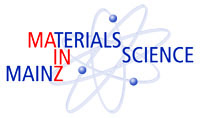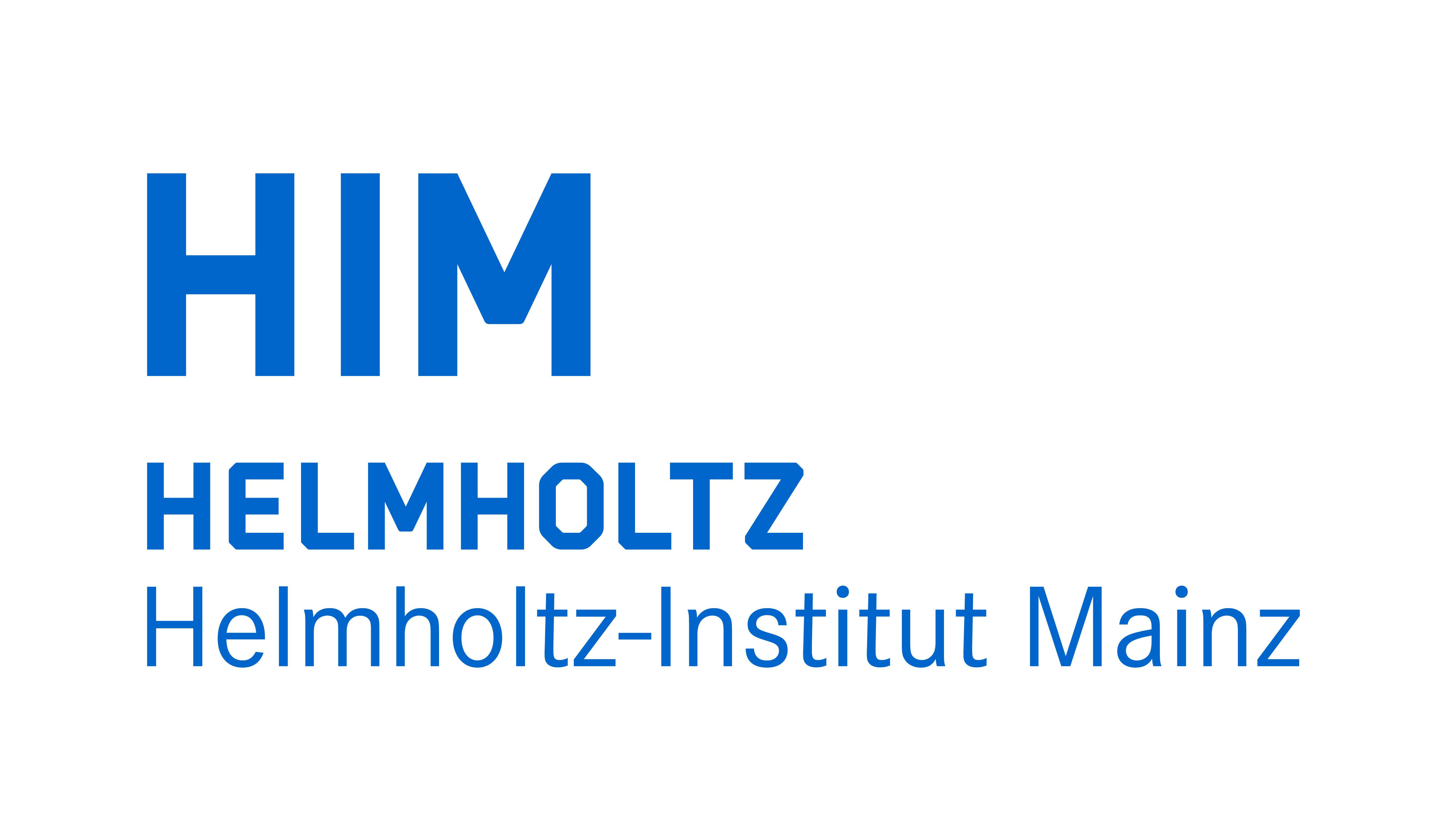


Physikalisches Kolloquium
Nov. 16, 2021 at
4:15 p.m. c.t.
only via
Recording of the presentation
Prof. Dr. Friederike Schmid
Institut für Physik
friederike.schmid@uni-mainz.de
Prof. Dr. Hartmut Wittig
Institut für Kernphysik
hartmut.wittig@uni-mainz.de
Physics of Active Matter
Hartmut Löwen (Universität Düsseldorf)
Ordinary materials are "passive" in the sense that their constituents are typically made by inert particles which are subjected to thermal fluctuations, internal interactions and external fields but do not move on their own. Living systems, like schools of fish, swarms of birds, pedestrians and swimming microbes are called "active matter" since they are composed of self-propelled constituents. Active matter is intrinsically in nonequilibrium and exhibits a plethora of novel phenomena as revealed by a recent combined effort of statistical theory, computer simulation and real-space experiments.
After an introduction into the physics of active matter focussing on biological and artificial microswimmers as key examples of active soft matter [1], a
number of single-particle and collective phenomena in active matter will be adressed including novel structures like "rotelles" [2] and "active droploids" [3].
[1] For a review, see: C. Bechinger, R. di Leonardo,
H. Löwen, C. Reichhardt, G. Volpe, G. Volpe,
Active particles in complex and crowded environments,
Reviews of Modern Physics 88, 045006 (2016).
[2] C. Scholz, A. Ldov, T. Pöschel, M. Engel, H. Löwen,
Surfactants and rotelles in active chiral fluids, Science Advances 7, eabf8998 (2021).
[3] J. Grauer et al, Active droploids, arXiv:2109.10677
Attachment